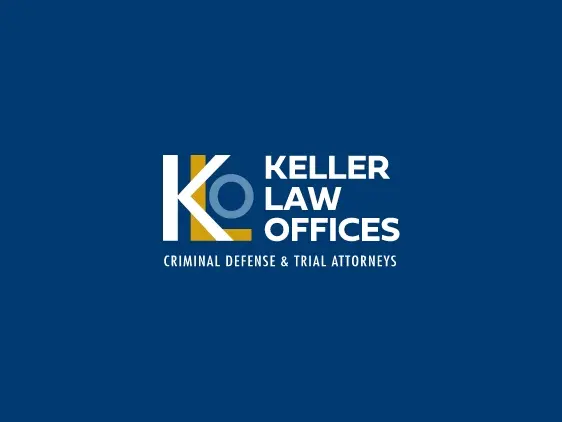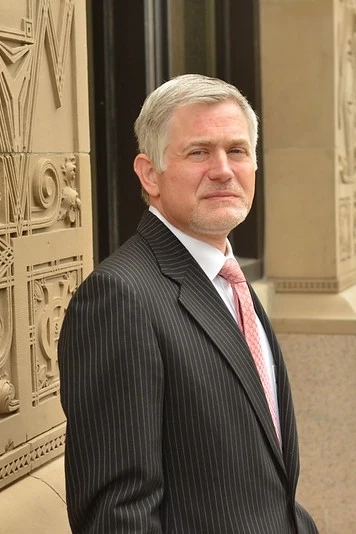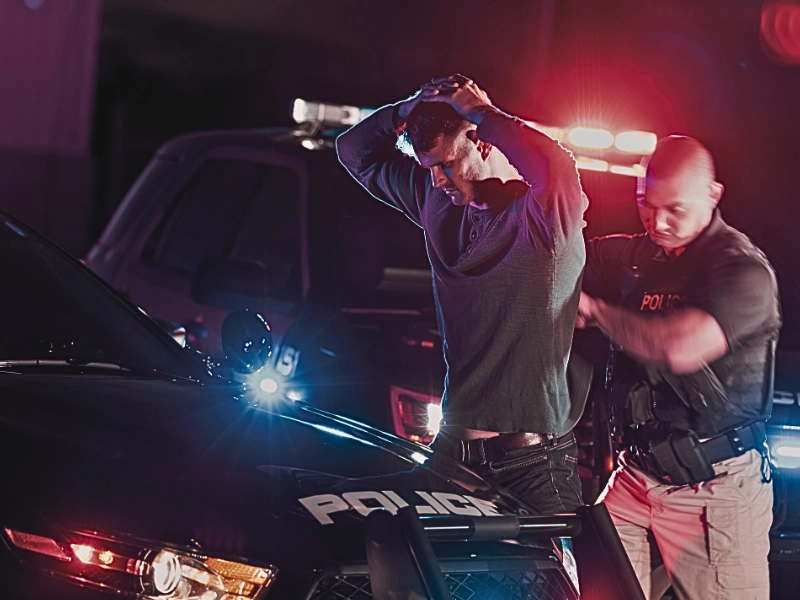Alarmingly, approximately one in five women and one out of every 71 men will be sexually assaulted at some point in their lives. Unfortunately, the number of sexual assaults that occur while individuals are in college tends to mirror national trends. According to a recent study by the Association of American Universities, approximately 12 percent of college students reported being sexually assaulted in a survey that included more than 150,000 students attending 27 universities nationwide.
An estimated 8,000 undergraduate students, graduate students, and professional students attending the University of Minnesota were included in the study which revealed a disturbing 1/4 of female undergraduate students surveyed reported experiencing a form of sexual assault or sexual misconduct.
Unfortunately, it is estimated that an astounding 90 percent of college rape victims do not report the assault. Over the years, many experts have stressed that the sexual crime statistics that are shared by numerous colleges and universities throughout America significantly underestimate the number of actual sexual assaults that are occurring. The report from the AAU revealed data that verifies that notion. In fact, at the University of Minnesota, 173 people surveyed claimed to have filed a report of sexual assault, while only 24 official rape reports were reported by the college during the same period. Additionally, if the rape data were able to be applied to all college students throughout the United States, the numbers could be significantly higher.
Table of Contents
Which Colleges Report the Highest Rates?
Colleges report sexual assault data to the Education Department under the Clery Act. A post analysis revealed that approximately 55 percent of 1,570 universities and colleges with 1,000 students or more reported at least one forcible sex offense in 2012. Disturbingly, some of the most prestigious liberal arts colleges top the list when it comes to the rate of reported sexual assaults per one thousand students.
- Gallaudet University reported the highest rate of sexual assaults in 2012, with more than 11 per thousand students.
- Coming in at a close second was Grinnell with more than 10 per thousand.
- In third place were Reed and Amhurst, both reporting more than 9 per thousand.
- Hampshire reported more than 8 per thousand.
- Swarthmore reported more than 7 sexual assaults per thousand students.
The statistics reported by the AAU were significantly higher for the colleges and universities surveyed, with the average number of sexual assaults for female undergraduate students enrolled in colleges across the nation being a disturbing 23 percent. Colleges and Universities with the highest percentage of female undergraduate student reports in the AAU survey were:
- University of Michigan, with 30 percent
- University of Southern California, also with 30 percent
Other colleges and universities with higher than average percentages included Yale University, the University of Wisconsin, and Dartmouth college, all with 28 percent.
Which College Students are More Likely to Become Victims of Sexual Assault?
Although anyone can become a victim of sexual assault, there are certain groups of individuals who are at a higher risk than others.
- Female undergraduate students and those who identify as transgender, genderqueer, nonconforming, questioning or something not listed on the survey are at a higher risk of becoming victims of sexual assault or sexual misconduct.
- Students who report having a disability are more than 2 times as likely to become victims than their peers.
Unfortunately, only approximately 1/3 of students surveyed say they know where to go to get help in the event that they or a friend becomes a victim, and less than 25 percent possess an accurate understanding of how sexual misconduct is defined by the University.
What is the University of Minnesota Doing About the Sexual Assault Issue
In August of 2015, the University of Minnesota enacted an affirmative consent policy that had been in talks for months. The “yes means yes” policy came just in time to educate students as they were welcomed to the University. Although the policy is spelled out so that it is easier to read and understand, it does not explain how violations will be dealt with. According to Regent Darrin Roscha, that part should be discussed in the future to ensure that everyone involved in treated fairly.
The True Cost of Sexual Assault
While the impact of sexual assault is significant to the victim initially, the after effects can be devastating.
- Approximately 81 percent of women and 35 percent of men who are assaulted report suffering short or long term emotional impacts including such impairments as PTSD (post traumatic stress disorder)
- Health care costs are, on average, 16 percent higher for women who were sexually abused as children
- Rape costs the United States approximately $127 billion each year- more than any other crime
- Many victims of sexual assault must undergo medical treatment for injuries incurred, as well as psychological therapy for emotional distress.






